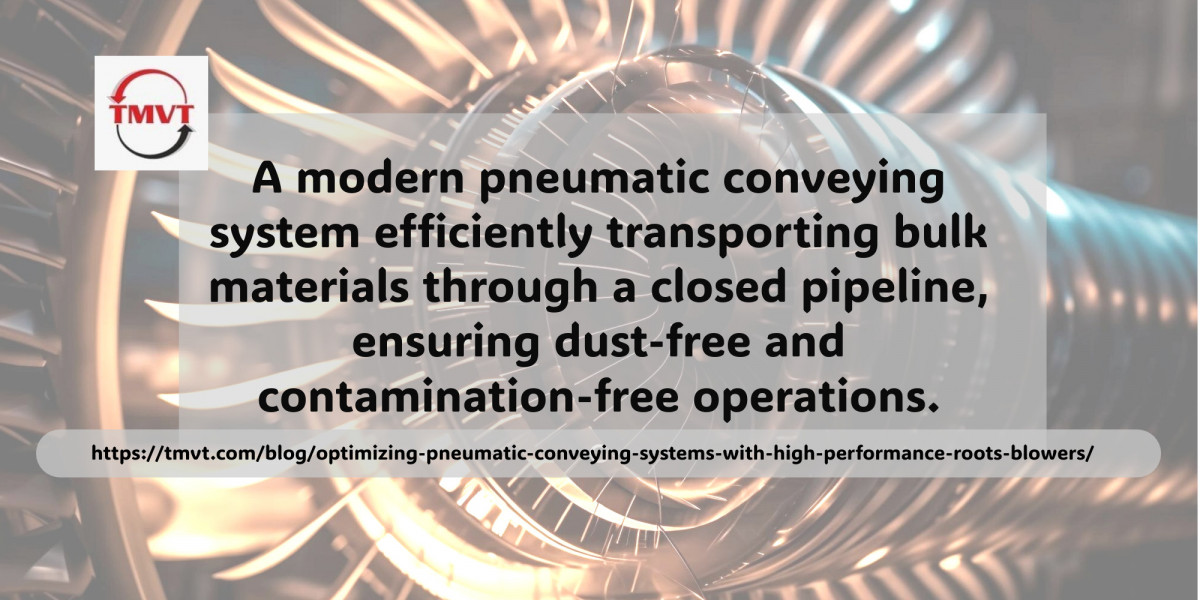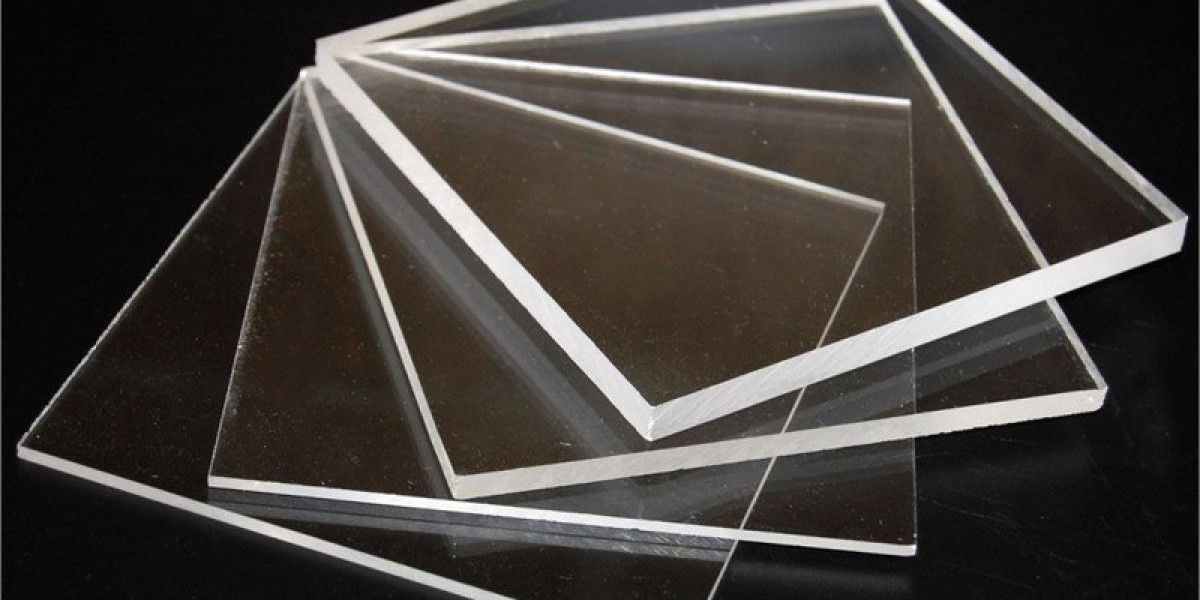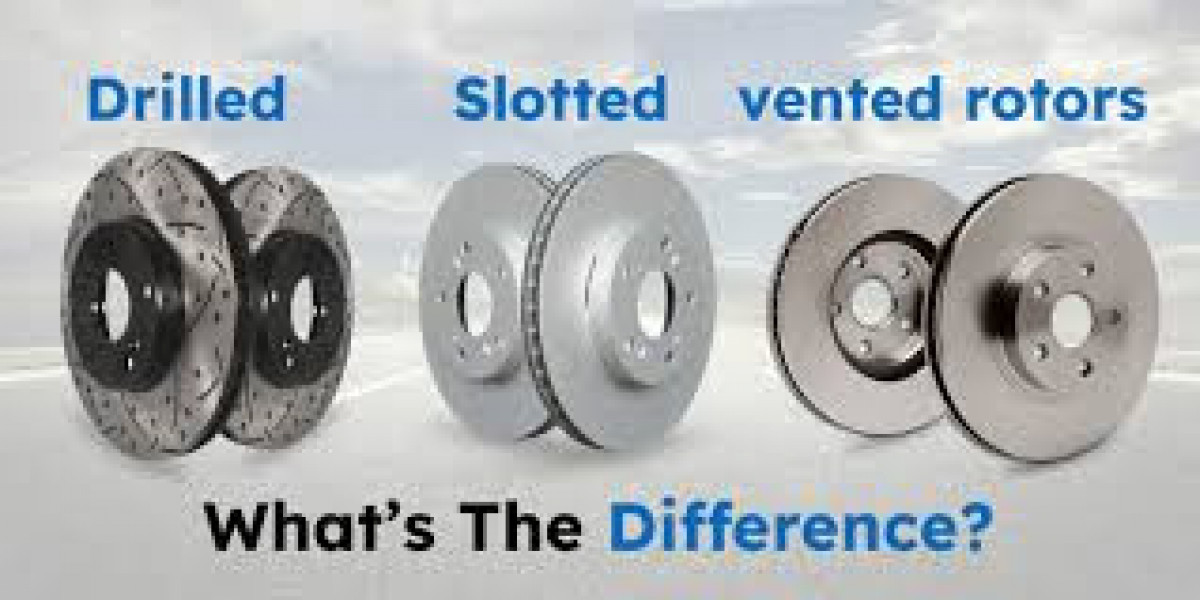Introduction
In modern industries, the efficient and safe transportation of bulk materials is crucial for productivity and cost-effectiveness. One of the most advanced and widely used solutions is pneumatic conveying machines. These machines offer a seamless way to transfer powdered and granular materials through pipelines using compressed air or gas. From food processing to pharmaceuticals, construction to chemical manufacturing, pneumatic conveying machines have become indispensable for handling materials efficiently. In this article, we will explore the working principles, types, advantages, applications, and future trends of pneumatic conveying machines.
What is a Pneumatic Conveying Machine?
A pneumatic conveying machine is a system designed to move dry bulk materials through pipelines using air pressure or vacuum. Instead of relying on mechanical belts, augers, or bucket conveyors, these systems utilize airflow to transport materials, ensuring a dust-free and contamination-free process. The technology is widely preferred for handling materials like flour, cement, plastic granules, food grains, and pharmaceuticals.
The primary components of a pneumatic conveying system include:
Air supply system: Provides the necessary pressure or vacuum to move materials.
Conveying pipeline: The medium through which materials are transported.
Material feeding system: Introduces materials into the pipeline.
Separator or receiver: Collects and separates materials at the discharge point.
Types of Pneumatic Conveying Systems
Pneumatic conveying machines can be categorized based on the conveying method and the type of pressure used:
1. Positive Pressure Conveying
This system uses air compressors or blowers to push materials through the pipeline. It is ideal for transferring bulk materials over long distances and handling large volumes efficiently. Industries such as cement, plastics, and agriculture frequently use positive pressure conveying.
2. Vacuum (Negative Pressure) Conveying
In this method, materials are pulled through the system using vacuum pressure. It is commonly used for short-distance conveying and applications where hygiene is critical, such as pharmaceuticals and food processing. The vacuum system prevents material spillage and ensures a contamination-free environment.
3. Dilute Phase Conveying
This system operates at high air velocities and low pressure, keeping materials in a suspended state while moving through the pipeline. Dilute phase conveying is used for handling lightweight and non-abrasive materials like flour, sugar, and plastic pellets.
4. Dense Phase Conveying
This method moves materials at a slower velocity and higher pressure, ensuring minimal wear and tear on the system. It is best suited for abrasive, fragile, or high-bulk-density materials such as cement, metal powders, and chemical compounds.
Advantages of Pneumatic Conveying Machines
The growing adoption of pneumatic conveying systems is driven by several advantages over traditional mechanical conveying methods:
1. Efficiency and Automation
Pneumatic systems are highly automated, reducing manual handling and labor costs. The controlled movement of materials ensures minimal loss and higher efficiency in production lines.
2. Dust-Free and Contamination-Free Operations
Since materials are transported in closed pipelines, there is no risk of contamination or dust emission. This makes pneumatic conveying machines ideal for industries requiring strict hygiene standards, such as pharmaceuticals and food processing.
3. Space-Saving Design
Unlike bulky mechanical conveyors, pneumatic conveying systems require minimal space. They can be designed to move materials vertically, horizontally, or at different angles, making them suitable for constrained environments.
4. Versatility
These machines can handle a wide range of materials, from fine powders to coarse granules, irrespective of their moisture content or particle size.
5. Reduced Maintenance Costs
With fewer moving parts, pneumatic conveying machines experience lower wear and tear compared to mechanical systems. This results in reduced maintenance costs and longer equipment lifespan.
6. Enhanced Safety
By eliminating the need for open material transfer systems, pneumatic conveying minimizes risks associated with dust explosions, spills, and manual material handling.
Applications of Pneumatic Conveying Machines
Pneumatic conveying systems find applications across diverse industries, making material handling efficient and seamless. Some of the major industries that benefit from these machines include:
1. Food Processing Industry
Pneumatic conveying machines are extensively used in the food sector to transport powdered and granular ingredients such as flour, sugar, cocoa powder, spices, and coffee beans. The enclosed system ensures product purity and compliance with hygiene regulations.
2. Pharmaceutical Industry
In pharmaceutical manufacturing, material contamination is a critical concern. Pneumatic conveying helps transport raw materials like powders, capsules, and granules in a sterile environment, ensuring compliance with strict industry standards.
3. Cement and Construction Industry
Bulk materials such as cement, fly ash, and lime are efficiently transported using dense-phase pneumatic conveying systems. These systems enhance productivity and reduce material wastage.
4. Plastic and Polymer Industry
Pneumatic conveying systems handle plastic resins, pellets, and powders during manufacturing and processing, ensuring a smooth supply chain and efficient material distribution.
5. Chemical Industry
Chemicals, dyes, and powdered compounds are safely transferred through pneumatic systems, reducing exposure to hazardous materials and maintaining workplace safety.
6. Agriculture and Grain Handling
Grains, seeds, and animal feed are transported using pneumatic conveyors, ensuring minimal product loss and contamination.
Key Considerations for Choosing a Pneumatic Conveying Machine
Selecting the right pneumatic conveying machine requires evaluating several factors:
1. Type of Material
Understanding the characteristics of the material being conveyed—particle size, density, moisture content, and abrasiveness—helps in choosing the appropriate system.
2. Distance and Capacity Requirements
Long-distance conveying requires high-pressure systems, whereas short-distance applications can be handled with vacuum conveying.
3. Environmental and Safety Regulations
Industries like food and pharmaceuticals must adhere to stringent hygiene and contamination-free requirements.
4. Energy Efficiency
Energy consumption is a key factor in operational costs. Opting for energy-efficient pneumatic conveying machines can reduce long-term expenses.
5. System Integration and Automation
Seamless integration with existing production lines and automated control systems enhances overall efficiency.
Future Trends in Pneumatic Conveying Machines
The evolution of pneumatic conveying technology continues to bring innovative solutions for industries. Some of the emerging trends include:
1. Smart and IoT-Enabled Conveying Systems
The integration of IoT and automation allows real-time monitoring, predictive maintenance, and remote control of pneumatic conveying machines, improving operational efficiency.
2. Energy-Efficient and Eco-Friendly Systems
Manufacturers are developing systems with lower energy consumption and minimal environmental impact, reducing the overall carbon footprint of industrial processes.
3. Enhanced Material Handling Capabilities
Advancements in dense-phase conveying technology are enabling the transportation of even more challenging materials with reduced degradation and wear.
4. Customization and Modular Designs
Industries now demand tailor-made solutions for specific applications, leading to the rise of modular and flexible pneumatic conveying systems.
Conclusion
Pneumatic conveying machines have revolutionized material handling across multiple industries by providing an efficient, safe, and contamination-free solution. With their ability to transport a wide range of materials, these systems offer significant advantages in terms of automation, space savings, and operational efficiency. As technology continues to evolve, the future of pneumatic conveying looks even more promising, with advancements in IoT, energy efficiency, and customization. Investing in the right pneumatic conveying system can significantly enhance productivity, reduce costs, and ensure seamless material handling operations in any industry.










